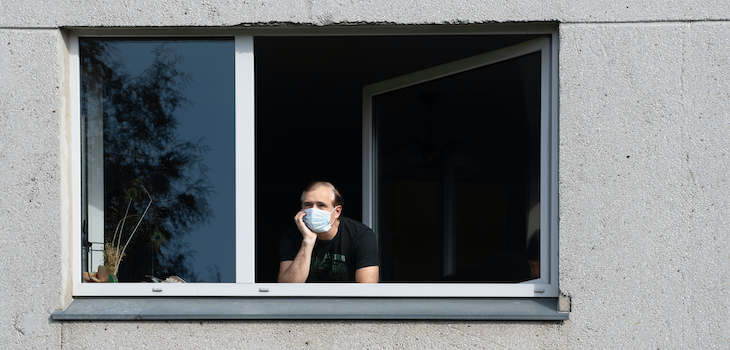Spring 2013 brought prom for my older son, then a HS Junior. It was a pristine sunny day around the crowded waterfront backyard of the family that hosted the pre-prom pictures. There must have been upwards of 60 kids there. As I walked though the crowd a friend posed the following question: “Why is it that most if not all of these kids have paired up with ‘friends’ to go to prom”. Despite their attention to detail in grooming and meticulous presentations, often which you might see for a potential romantic partner, almost each and every one of them were primarily with peers. “I’m not sure” I said looking around at a group of HS Juniors who attend a high prestigious highly pressurized Preparatory School in Ft. Lauderdale. “I imagine that these kids are focused on their pre-college performance in and out of school and dating is taking a back-seat . . . I don’t think that is on their priority list at this time” even amongst the testosterone laden young men.
Coincidentally, “Sex on Campus: She Can Play That Game, Too,” ran in the Sunday edition of the Times on July 14, shortly after I was approached with that inquiry. When Kate Taylor, reporter for the Times, spent a year in interviews with 60 U Penn students of both genders she found, unexpectedly, that female students had their careers as top priority and relationships as low on the list. As such, with intimacy needs still critical, she highlighted the “hook ups” as important to U Penn women. Either that or the student thought that this was expected of them as part of Penn culture.
Taylor’s piece was severely criticized, not surprising given it emanates from an elite and heavily desired private university. It was attacked on the basis of having a narrow sample, taking things out of context and making interpretations that were inaccurate. Rather than hooking up because it fits into the “cost benefit analysis”, the students note that hook-ups reflected another aspect of sexual life at Penn and that students at U Penn do desire a romantic relationship.
Whatever their reinterpretation of Taylor’s study is or was, relationships take a back seat today and in today’s competitive environment it is not surprising. Competing with the rest of the world for the same college spots and then jobs is a task in and of itself. With little time for activities outside these goals who has time?






